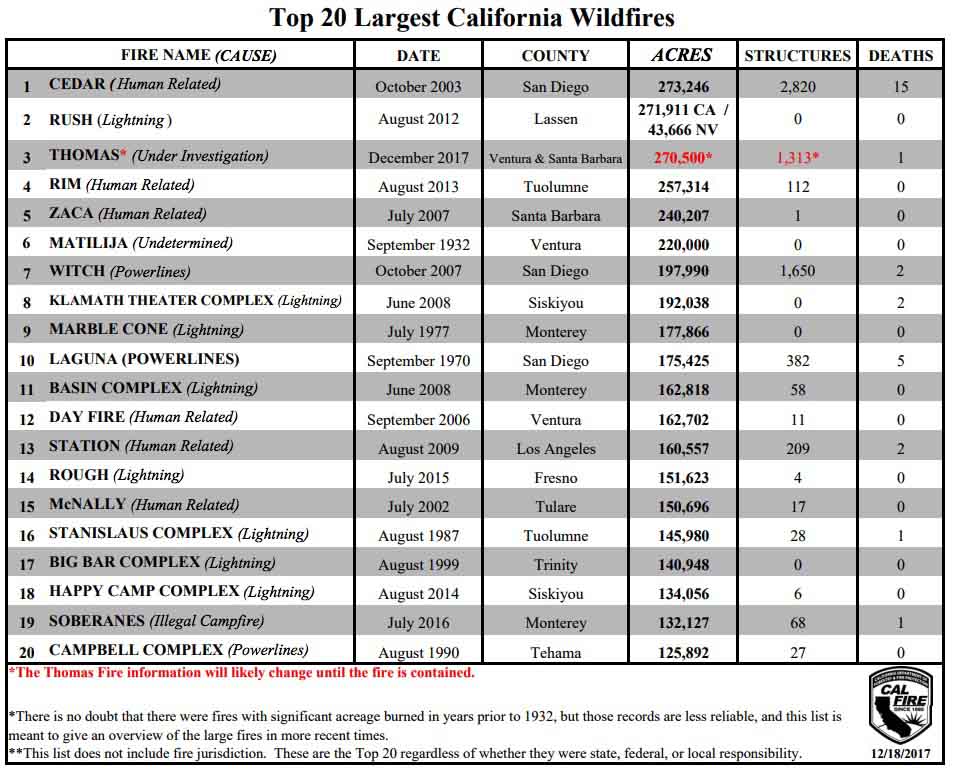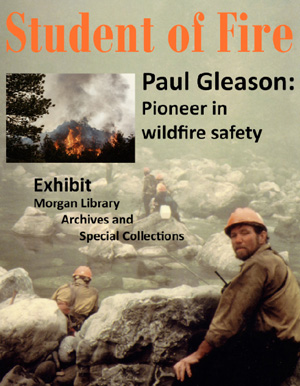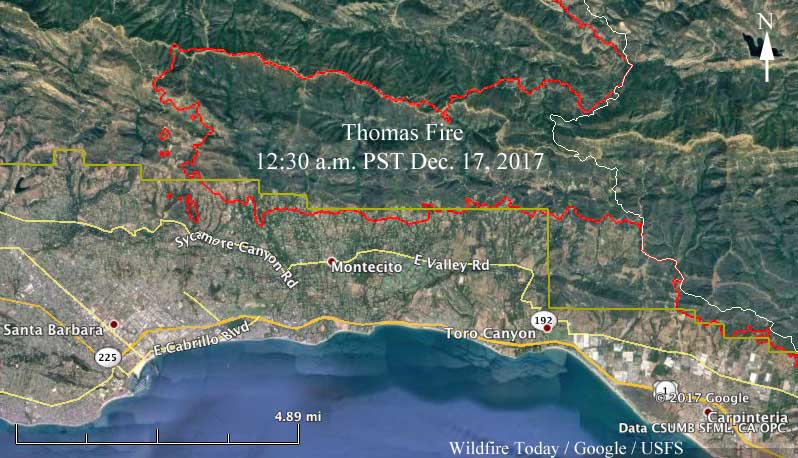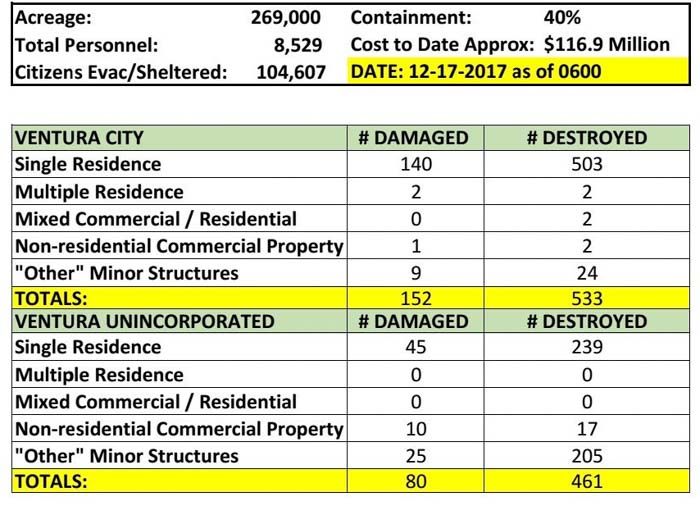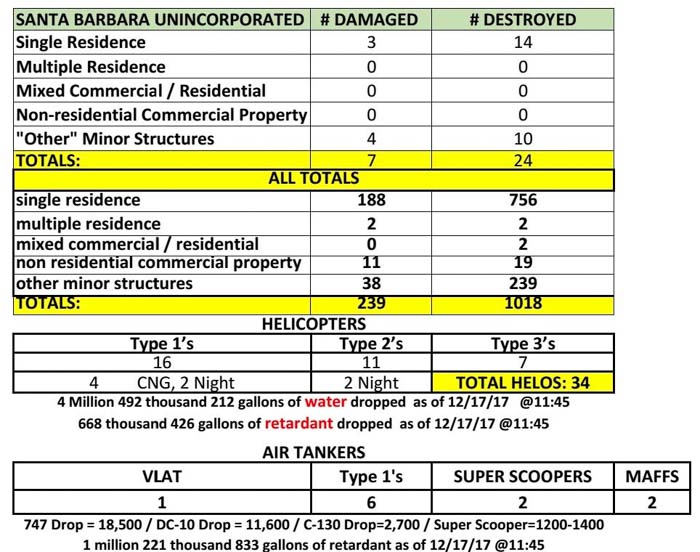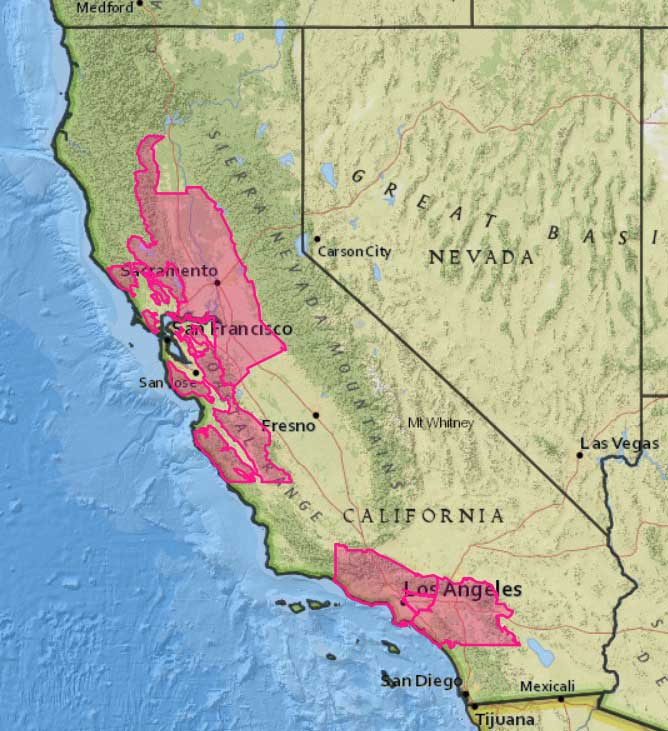Above: The northernmost red perimeter area is the beginning of the firing operation that could cover 20,000 acres if successfully completed. Map by Incident Management Team.
(Originally published at 9:45 a.m. PST December 19, 2017)
On Monday firefighters on the 271,750-acre Thomas Fire in Southern California began a very large firing operation, or backfire, out ahead of the fire that will remove fuel and secure approximately 17 miles of the north side of the fire. It is one to three miles away from the current fire edge and will tie in with Highway 33. In the video below Operations Section Chief Brian Rhodes explains that it could continue east to Rose Valley.
All articles on Wildfire Today about the Thomas Fire are tagged “Thomas Fire”.
#ThomasFire -the firing operation could last 3-4days as weather permits & should be15-20k acres in size. Both Helitorch & hand firing used. pic.twitter.com/EpUIrFfyap
— VCFD PIO (@VCFD_PIO) December 18, 2017
On Monday the fire was relatively quiet compared to activity during the previous 16 days, allowing firefighters to secure additional firelines. However the firing operation created a large smoke column on the north side. The threat to Fillmore has decreased with the completion of line from town to Devil’s Gate. Continued strengthening of control lines will help to further decrease threats. On the north and east flanks of the fire, the fire continues to progress further into the Matilija and Sespe Wilderness and toward the Sespe Condor Sanctuary. Fire suppression repair and damage inspection will continue as appropriate based on fire conditions. Repopulation will continue as threats in previously evacuated areas decreases.
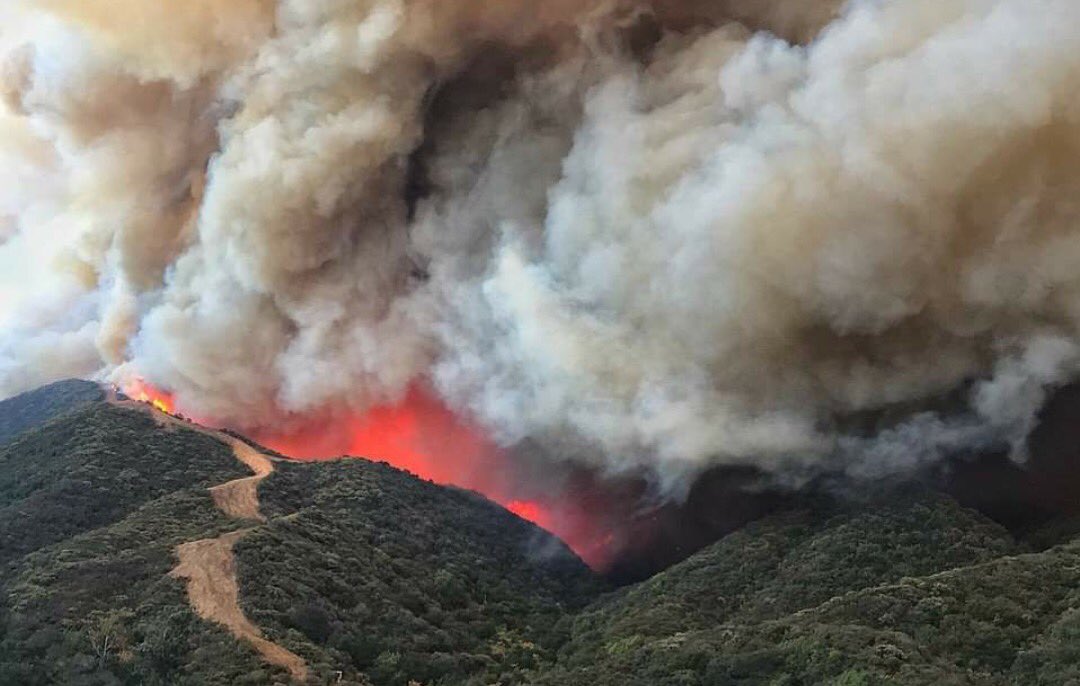
Steep, rugged terrain on the Thomas Fire along Hwy. 33.
Slopes above Highway 33 in Rose Valley burned in #ThomasFire pic.twitter.com/YwLUwhdTG1
— Caltrans District 7 (@CaltransDist7) December 19, 2017




